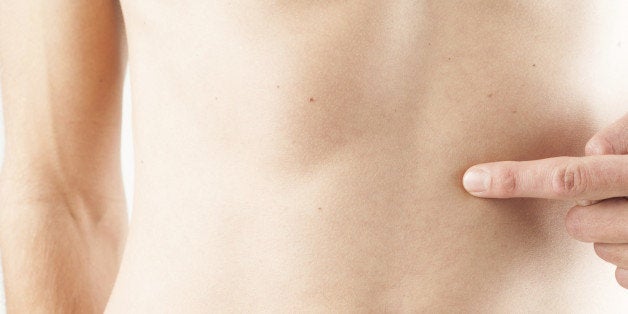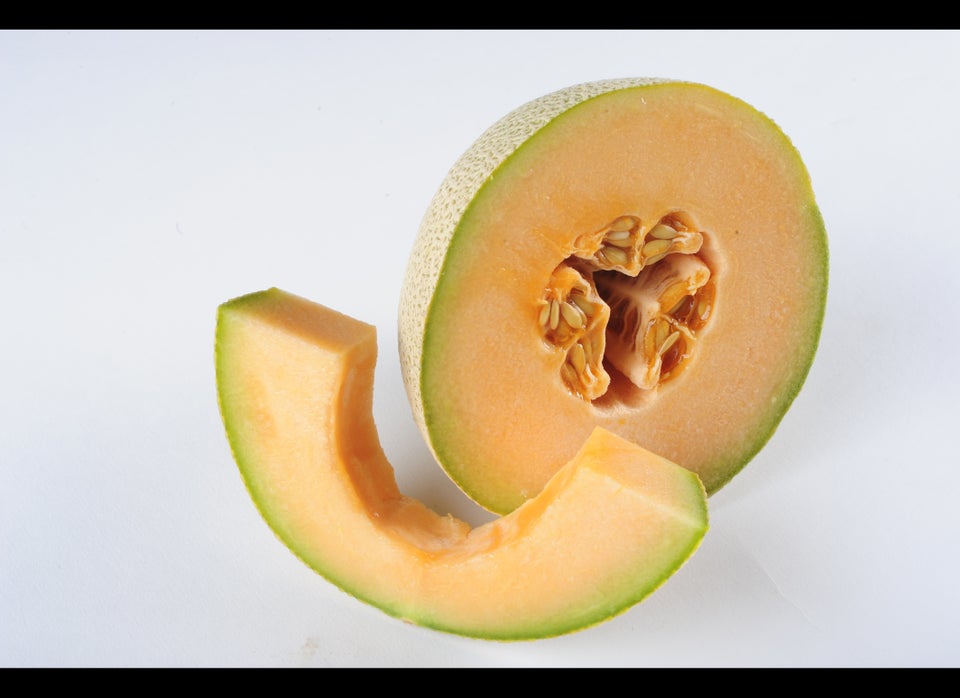
SPECIAL FROM Grandparents.com
It’s late summer, and that means hot days spent at the beach, licking ice cream cones, backyard barbecues, and lots of fun with family and friends. But did you know summer may also mean kidney stones, an ailment many moms describe as more painful than childbirth? Yeah, it's that bad.
“The peak time for Emergency Room visits for kidney stones is August,” which coincides with the hottest days of the year, says William Haley, M.D., head of the Mayo Clinic Kidney Stone Clinic in Jacksonville, Florida.
A new study in the journal Environmental Health Perspectives suggests that the earth’s changing climate, which is getting warmer and warmer, may signal more kidney stones in our future. Dr. Haley doesn’t doubt it. “As the earth’s temperature is rising, we’re likely to have more people manifesting more kidney stone episodes," he says. "This has to do with our hot weather, but also with our behavior with respect to the hot weather."
In other words, we get hot, we sweat, and we don’t drink enough to keep hydrated. Add to that our summertime habit of eating high-sodium rounds of hot dogs, hamburgers, and other rich summer favorites, which can increase the amount of calcium in our urine—and many of us have kidney stones just waiting to happen.
What's a Kidney Stone?Kidney stones are formed when minerals (like calcium and magnesium) and salts crystallize into hard deposits in your kidneys. Sometimes caused by chronic dehydration and certain medical conditions (such as gout, inflammatory bowel disease, and Crohn's disease), kidney stones also tend to run in families.
These small, jagged crystals can cause a great deal of pain, which only subsides in one of three ways:
- The stones pass out of your body naturally through urination.
- You undergo shock-wave lithotripsy (also known as ESWL), which blows the stones to bits.
- A surgeon removes them.
According to those familiar with the pain, it’s better to avoid them altogether if you can.
Kidney stones do not usually cause permanent harm but there is considerable misery and cost involved, and doctors are starting to recognize a relationship between the development of kidney stones and other diseases.
A Kidney Stone Might Be a Warning A recent study linked kidney stones to atherosclerosis or hardening of the arteries, and noted that stones were associated with a 60 percent higher risk of atherosclerosis of the carotid artery. Why is this so?
“It’s not clear,” says David Goldfarb, M.D., professor of medicine and physiology at NYU School of Medicine and Chief of Nephrology at NY Harbor VA Health Care System. “Maybe we should recognize that kidney stones mean that people are eating wrong, or overeating, or experiencing other health problems. Stones seem to be related to diabetes, as well, and may be connected to heart disease.”
Studies have also connected them to kidney disease, high blood pressure, gout, and vascular disease.
Who Gets Them?Kidney stones affect 12 percent of men and 7 percent of all women, and they are on the rise, according to the National Kidney Foundation. In the late 1970s fewer than 4 percent of the population experienced kidney stones. The peak age for developing them is between 30 and 50, though almost anyone can get them. Kidney stones account for more than a half-million emergency room visits each year, the NKF says.
Once you have developed a kidney stone, you're more likely to get them again, Dr. Goldfarb says. There is a strong genetic component, and if you have a first-degree relative who has had one, you are likely at higher risk. But some people never develop them, even though they might be living in the same conditions thought to spur stone development. It is not entirely clear why some people get them and others don’t, but people who do develop kidney stones should always see a specialist. Urologists and nephrologists can work with patients to find effective preventive strategies.
Protect Yourself from Kidney StonesTo avoid painful kidney stones in the hot weather (or any time of the year), follow these recommendations, especially if you have history of kidney stones:• Hydrate: Don’t wait until you are thirsty to drink. Try to drink several extra glasses of water a day—more if it’s especially hot or if you’re exercising.
• Increase your intake of lemon and lime juice: These two fruits have high amounts of citrate, which have been shown to inhibit the development of kidney stones. Dr. Goldfarb advises against drinking Gatorade or other sports drinks which have citrate because there’s not really enough of it in them to make a difference and there are plenty of calories, which could make you gain weight (a risk factor for kidney stones.) But lemon and lime “won’t hurt and can make a slight difference. Squeezing lemon on your food and into what you drink may help.”
Haley adds that other fruit juices will not do the trick. Don’t count on iced tea, either, which contains varying amounts of oxalate, one of the substances that helps form kidney stones.
• Watch your urine color: It should be a very pale yellow. If it’s getting darker, says Dr. Haley, then it’s most likely getting more concentrated (which can lead to kidney stones.) Drink more water.
• Avoid foods that are linked to stone formation: Fatty and salty dishes should be avoided, but some healthy foods pose a risk too because they are loaded with oxalates, which contribute to the formation of stones. These include beets, spinach, rhubarb and nuts. Oxalates are also found in chocolate.
If you are prone to stones, you need to change your habits and increase fluid intake, Dr. Goldfarb says.
